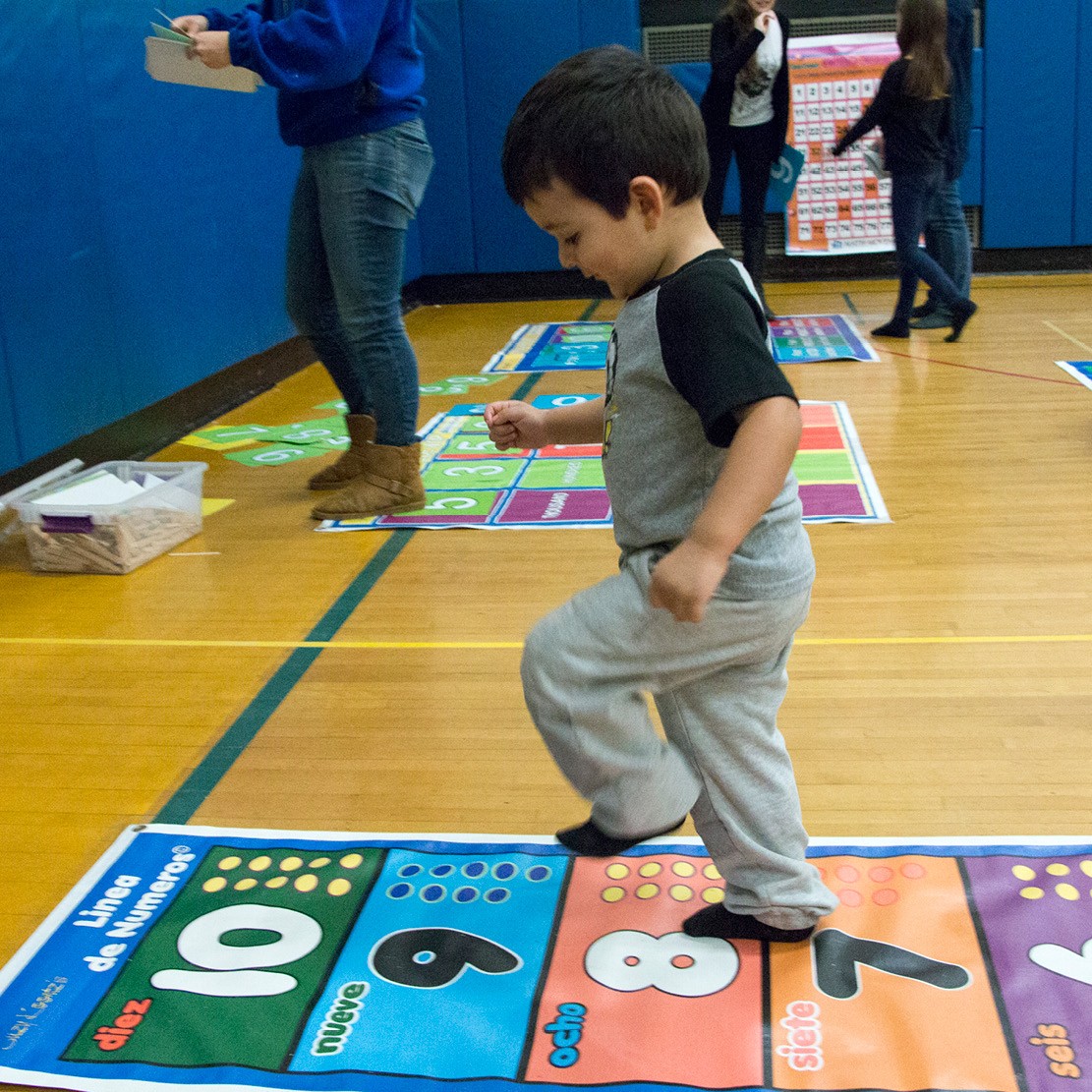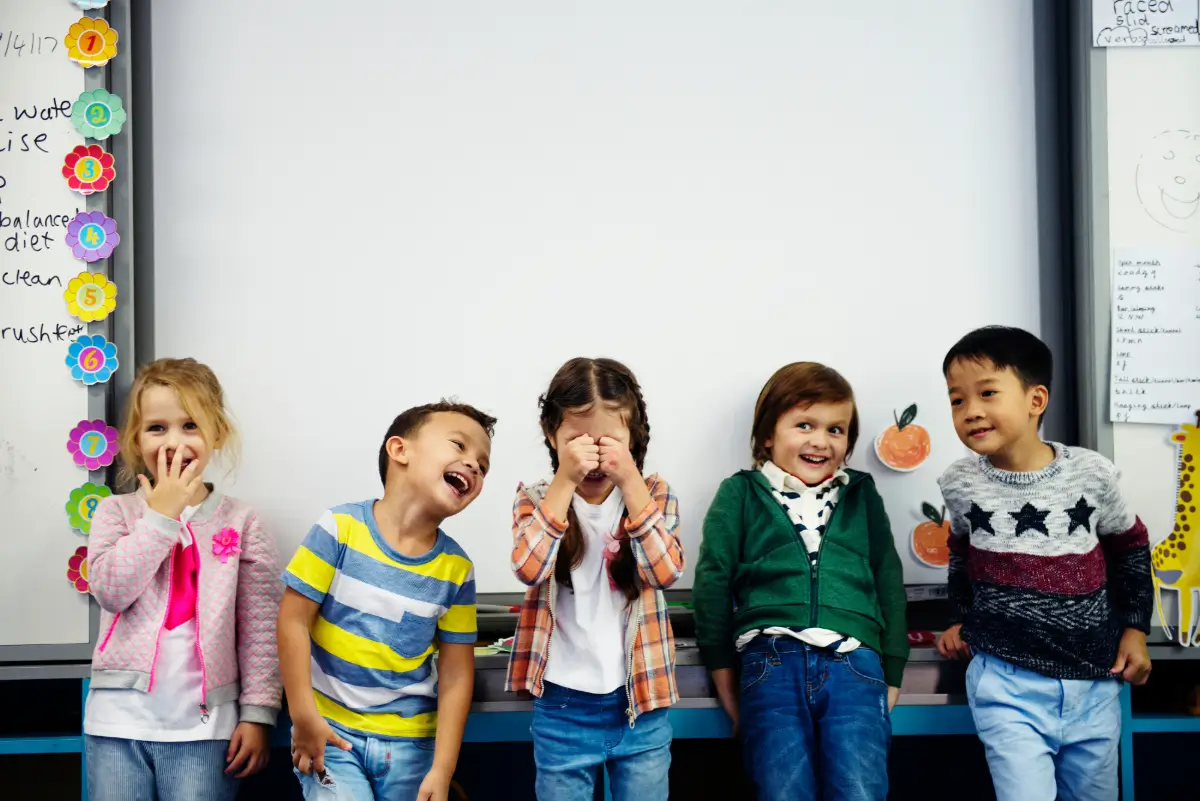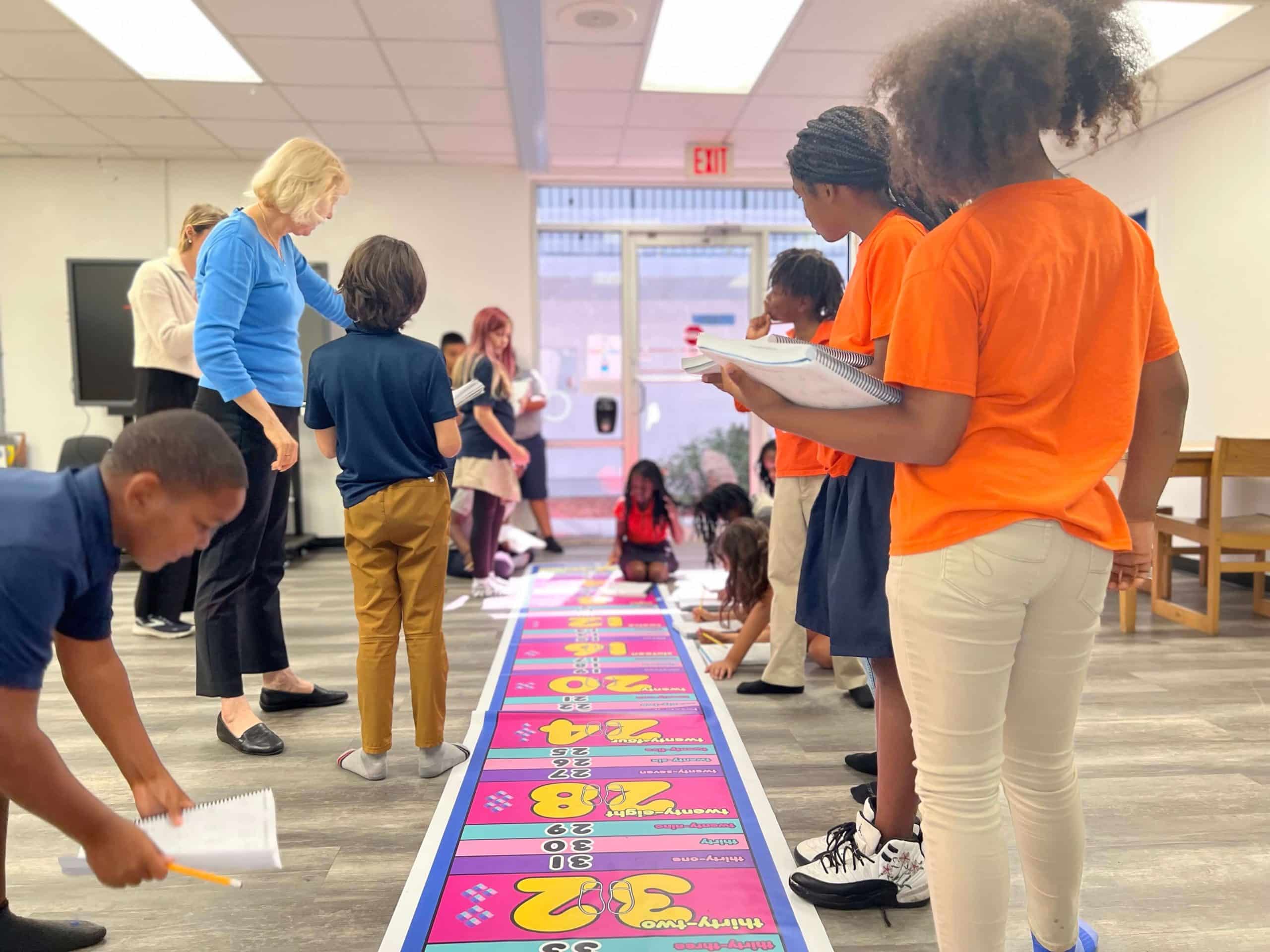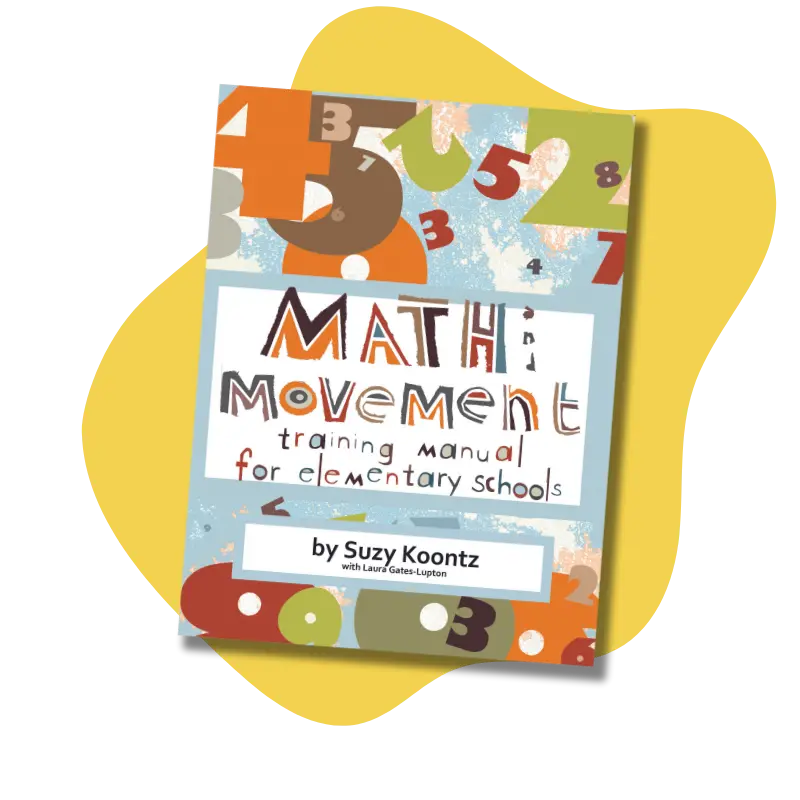
Research-Based Strategies for Teaching ELL Students
Research shows that ELL students prefer a kinesthetic learning style. Incorporating movement-based learning strategies into lessons can help bilingual classrooms thrive.
Raising children can be difficult, and the pressure is on us to help our children be the best they can be. We can begin to do this by fostering a growth mindset in children at an early age. Too often, we might find ourselves jumping in to help the child accomplish something even though (with a little effort) they may be able to do it themselves. You might be thinking that jumping in and rescuing your child works for you.
For instance, opening up the granola bar wrapper is relatively easy for you — but might take quite a bit of effort from your child. The child might whine or become frustrated when they cannot immediately open the wrapper. This post will help you learn how to foster a growth mindset in children. In the long run, our children need to be able to persevere, to fail and try again, to be disappointed, and to put in the hard work.
Dr. Carol Dweck is a researcher at Stanford University. According to Dweck, there are two types of mindsets — a fixed mindset and a growth mindset. In a fixed mindset, people believe their qualities are fixed traits and therefore, cannot change. These people document their intelligence and talents rather than working to develop and improve them. They also believe talent alone leads to success, and effort is not required.
Alternatively, in a growth mindset, people have an underlying belief that their learning and intelligence can grow with time and experience. When people believe they can get smarter, they realize their effort has an effect on their success, so they put in extra time, leading to higher achievement.
Dweck has found that mindsets can change, and when a mindset changes, learners do better.
1.Help children understand that the brain works like a muscle, that can only grow through hard work, determination, and lots and lots of practice. Teachers and homeschool moms can read our post on Seven Classroom Updates for Creating a Growth Mindset.
2. Don’t tell students they are smart, gifted, or talented since this implies that they were born with the knowledge, and does not encourage effort and growth.
3. Let children know when they demonstrate a growth mindset.
4. Praise the process. It takes effort, hard work, and practice that allow children to achieve their true potential. Consider the language you are using with children. Words have meaning and communicate an important message to the receiver. The language we use tells others what to believe and what we think of them. For example, instead of saying, “It’s not that hard;” say, “You can do hard things.”
5. Don’t praise the results. Test scores and rigid ways of measuring learning and knowledge limit the growth that would otherwise be tapped.
6. Embrace failures and missteps. Children sometimes learn the most when they fail. Let them know that mistakes are a big part of the learning process. There is nothing like the feeling of struggling through a very difficult problem, only to finally break through and solve it! The harder the problem, the more satisfying it is to find the solution.
Remind children disappointment, setbacks, and making mistakes are a part of growing up. Focus on effort by saying, “I like how you tried a new way to solve that.”
7. Encourage participation and collaborative group learning. Children learn best when they are immersed in a topic and allowed to discuss and advance with their peers.
8. Encourage competency-based learning. Get kids excited about the subject matter by explaining why it is important and how it will help them in the future. The goal should never be to get the ‘correct’ answer but to understand the topic at a fundamental, deep level, and want to learn more.
9. Encourage and model positive self-talk. If you notice your child being critical of themselves, ask them what they would say to a friend who is in a similar situation. Explain to the child that it is important to treat ourselves with the same care and respect we treat others. It is small, but when a child tells you something (they cannot tie their shoes), add “yet” to the end of their statement. “You cannot tie your shoes, yet.”
Studies suggest that growth mindsets counter the fight-or-flight response, helping us to view social problems as challenges. This helps us to adapt, change, and grow—the chief characteristics of resilience. When we promote the belief that people truly have the potential to change, we free up ourselves and others to actually do that. Overall, fostering a growth mindset in a child’s early years is critical.

Research shows that ELL students prefer a kinesthetic learning style. Incorporating movement-based learning strategies into lessons can help bilingual classrooms thrive.

Discover how movement-based learning can help teachers implement effective classroom management strategies for elementary students.

Get ideas on how to celebrate Pi Day 2024 with your elementary students.

Find out how Math & Movement is aligned to your state’s education standards.
Please leave your email and a quick note for us. We will get back to you soon! In the meantime, here are answers to some of our most common questions:
→ Shipping is 10% of the order subtotal.
→Yes, we accept purchase orders!

Enter your email to get our training manual with over 250 active math movements. No materials necessary!